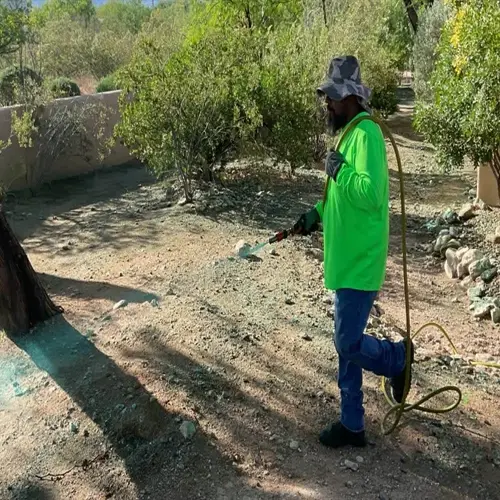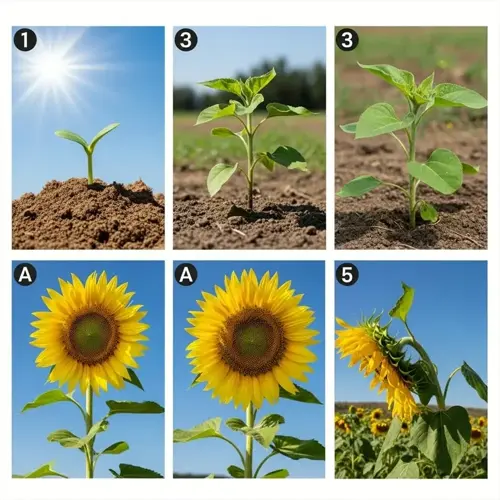How long do scale insects survive without treatment?

Written by
Benjamin Miller
Reviewed by
Prof. Martin Thorne, Ph.D.Scale infestations will persist for many months without intervention. Adults live for 30-60 days and produce hundreds of eggs during their lifetime. I have seen neglected orchids develop generations of scales in a single season, leading to irreversible decline. Knowledge of their life cycle enables the implementation of judicious control measures promptly.
Early Stage (0-30 days)
- Crawlers establish feeding sites on stems
- Honeydew residue first appears on leaves
- No visible plant stress symptoms yet
Mid Stage (1-3 months)
- Multiple generations overlap
- Yellowing leaves and stunted growth appear
- Sooty mold develops on honeydew
Advanced Stage (3-6 months)
- Branch dieback becomes visible
- Honeydew drips onto surrounding surfaces
- Plant shows severe nutrient deficiency
Critical Stage (6-12 months)
- Secondary infections invade weakened plants
- Root systems decline significantly
- Complete canopy loss occurs
Recovery Potential
- Plants may recover if treated before month 4
- Woody plants survive longer than herbaceous
- Root health determines regeneration ability
Environmental conditions can greatly influence how long they can survive. Warm indoor environments enable reproduction throughout the year, resulting in lasting generations. In my greenhouse environments, scales reproduce every 30 days at 75°F. Outdoor colonies hibernate and slow down during the winter months, but can reactivate in the spring.
Plant health influences the outcome of an infestation. Stressed plants will die before the infestation declines. Well-nurtured specimens may only show a gradual decline after being infested for months. I consider plant nutrition to be a means of buying more time for treatment decisions.
Detecting the problem early makes all the difference. Regular inspections will reveal infestations within a matter of weeks. I observe the plants every 7 to 10 days using a 10X magnifying glass, with special emphasis on the joints of the stem. This practice saved me from a bad outbreak with my citrus collection.
Scale insects produce noticeable signs of their presence. Look for honeydew droplets on the undersides of leaves as initial signs. If you notice sticky surfaces on plants, active feeding is indicated. These signs may occur weeks before visual damage, indicating that you should take action.
Read the full article: Scale Insect Treatment Methods Explained

